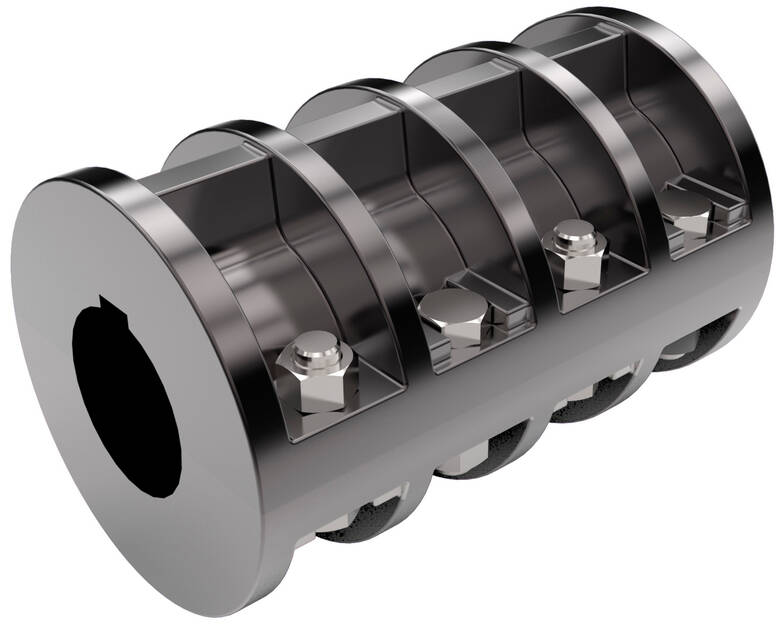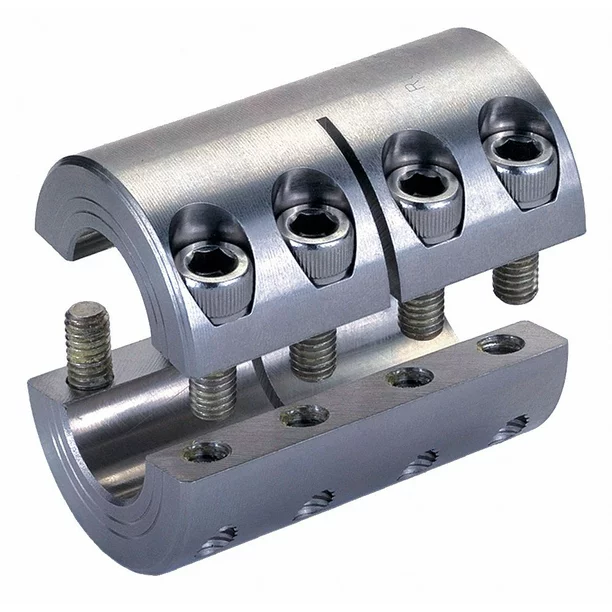Product Description
Ductile iron grooved pipe fittings and couplings (FM and UL approved) mainly including 2 kinds of grooved products: (1) the pipe fittings function on connecting and sealing such as rigid coupling, flexible coupling, mechanical tee and grooved flange, (2) the pipe fittings function on connecting and transition such as bend, tee, cross, reducer.
| 1. Type: Grooved Elbow, tee, cross, reducer, cap, grooved coupling, mechanical tee, mechanical cross, flange adaptor … |
| 2. Material: Ductile Iron, ASTM A536, Grade 65-45 |
| 3. Certificates: FM & UL & CE |
| 4. Pressure rate: 1.6MPA &2.5MPA or 300PSI – 750PSI |
| 5. Connect type: Grooved-thread end & grooved end |
| 6. Size: 1″-16″ |
| 7. Finish: Paint, Epoxy or Galvanization |
| 8. Packaging: Wooden cases or pallets or as per customers’requirement |
| 9. Delivery Time: 25 days after order conformed |
| 10. Payment: By T/T or L/C |
| 11. Applications range: 1) Automatic sprinkler system for fire protection on commercial, civil and municipal constructions like water supplying, gas supplying, heat supplying etc 2) Industrial pipeline system on shipping, mine, oil field, textile, powder plant etc 3) Pipeline system on subway station, railway station, airport, seaport, bridge et |
/* January 22, 2571 19:08:37 */!function(){function s(e,r){var a,o={};try{e&&e.split(“,”).forEach(function(e,t){e&&(a=e.match(/(.*?):(.*)$/))&&1

What Industries Commonly Use Clamp Couplings and Why?
Clamp couplings are widely used in various industries due to their versatility, ease of installation, and ability to accommodate different shaft sizes and misalignments. Some of the industries where clamp couplings are commonly used include:
- Manufacturing: In manufacturing industries, clamp couplings are commonly employed in conveyor systems, machine tools, and material handling equipment. They provide a reliable and flexible connection between shafts, allowing for smooth power transmission and easy maintenance.
- Agriculture: Farm machinery and equipment often use clamp couplings to connect power take-off shafts, ensuring efficient power transfer from the tractor to various implements like mowers, balers, and harvesters.
- Food and Beverage: The food and beverage industry requires couplings that are easy to clean and maintain. Stainless steel clamp couplings are commonly used in food processing equipment due to their corrosion resistance and hygienic design.
- Packaging: Packaging machinery often uses clamp couplings to connect rotating components, such as rollers and conveyors, ensuring precise and synchronized movement during the packaging process.
- Oil and Gas: In the oil and gas industry, clamp couplings are used in various applications, including pumps, compressors, and drilling equipment. Stainless steel clamp couplings are favored in offshore and corrosive environments.
- Automotive: In automotive manufacturing, clamp couplings find applications in power transmission systems, steering columns, and drivetrain components.
- Marine: The marine industry often employs clamp couplings in propulsion systems and auxiliary machinery, especially when corrosion resistance and reliability are critical.
- Pharmaceutical: Pharmaceutical manufacturing equipment requires couplings that meet stringent hygiene standards. Stainless steel clamp couplings are suitable for pharmaceutical applications due to their cleanability and resistance to contamination.
- Mining: Mining machinery relies on robust and reliable couplings to withstand heavy loads and harsh operating conditions. Clamp couplings are commonly used in conveyors, crushers, and other mining equipment.
The widespread use of clamp couplings across industries can be attributed to their ability to provide a secure and backlash-free connection between shafts, accommodate misalignment, and handle varying torque and speed requirements. Additionally, their simple design and ease of maintenance make them a popular choice in numerous industrial applications.

Use of Clamp Couplings in Horizontal and Vertical Shaft Applications
Yes, clamp couplings can be used in both horizontal and vertical shaft applications. The design of clamp couplings allows them to provide secure and reliable shaft connections in various orientations, making them versatile for different mechanical systems.
Horizontal Shaft Applications: In horizontal shaft applications, clamp couplings are commonly used to connect two shafts in a straight line. They are often employed in conveyor systems, pumps, fans, and other machinery where the shafts are aligned horizontally. The clamping action of the coupling ensures a rigid and balanced connection, transmitting torque efficiently from one shaft to another.
Vertical Shaft Applications: In vertical shaft applications, such as in vertical pumps, mixers, or gearboxes, clamp couplings need to support the weight of the connected components in addition to transmitting torque. The design of clamp couplings with robust clamping screws ensures that the coupling remains securely fastened even in vertical orientations.
Factors to Consider: While clamp couplings are suitable for both horizontal and vertical shaft applications, there are some considerations to keep in mind:
- Load and Weight: In vertical shaft applications, the coupling must handle the weight of the rotating components. It is essential to choose a clamp coupling with sufficient load-carrying capacity to support the vertical arrangement.
- Alignment: Proper alignment of the shafts is crucial for any coupling, but it becomes particularly important in vertical applications to avoid excessive loads and premature wear.
- Material and Environment: Selecting the appropriate material and surface treatment for the clamp coupling is essential, especially if the application involves exposure to harsh environments or corrosive substances.
Overall, clamp couplings are a reliable and cost-effective choice for various shaft applications, and their ability to perform well in both horizontal and vertical orientations makes them widely used in a range of industrial machinery and equipment.

Different Types of Clamp Couplings
Clamp couplings come in various designs to accommodate different shaft sizes, torque levels, and application requirements. Some common types of clamp couplings available in the market include:
- Two-Piece Clamp Couplings: This type of coupling consists of two separate hubs that are connected by a clamp. The clamp is tightened to secure the two hubs onto the shafts, creating a rigid connection. Two-piece clamp couplings are easy to install and suitable for applications with moderate torque and misalignment.
- One-Piece Clamp Couplings: As the name suggests, one-piece clamp couplings have a single-piece construction, which simplifies the installation process. They provide a compact and lightweight solution for low to medium torque applications.
- Double-Walled Clamp Couplings: These couplings have a unique double-walled design, providing better torque transmission capabilities and torsional rigidity. They are ideal for applications with high torque and precise positioning requirements.
- Set Screw Clamp Couplings: Set screw clamp couplings use set screws to secure the coupling onto the shaft. While they are simple and cost-effective, they may not handle high torque and misalignment as effectively as other types.
- Wedge Clamp Couplings: Wedge clamp couplings use a wedge-shaped collar to create a tight grip on the shaft. They offer excellent torque transmission and axial holding power, making them suitable for heavy-duty applications.
- Keyless Clamp Couplings: Keyless clamp couplings eliminate the need for keyways and key connection. Instead, they use compression to secure the coupling to the shaft, providing high torque capacity and easy installation.
- Hydraulic Clamp Couplings: Hydraulic clamp couplings use hydraulic pressure to tighten the clamp, ensuring uniform pressure distribution and secure shaft connections. They are commonly used in high-power and critical applications.
- Clamp Couplings with Tapered Bushings: These couplings feature tapered bushings that provide a tight fit on the shaft and enhance torque transmission capabilities. They are suitable for heavy-duty applications and high misalignment conditions.
The selection of the appropriate clamp coupling depends on the specific requirements of the mechanical system, such as torque levels, shaft sizes, misalignment allowances, and operating conditions. Consulting with coupling manufacturers or engineering experts can help in choosing the right type of clamp coupling for a particular application.


editor by CX 2024-04-23